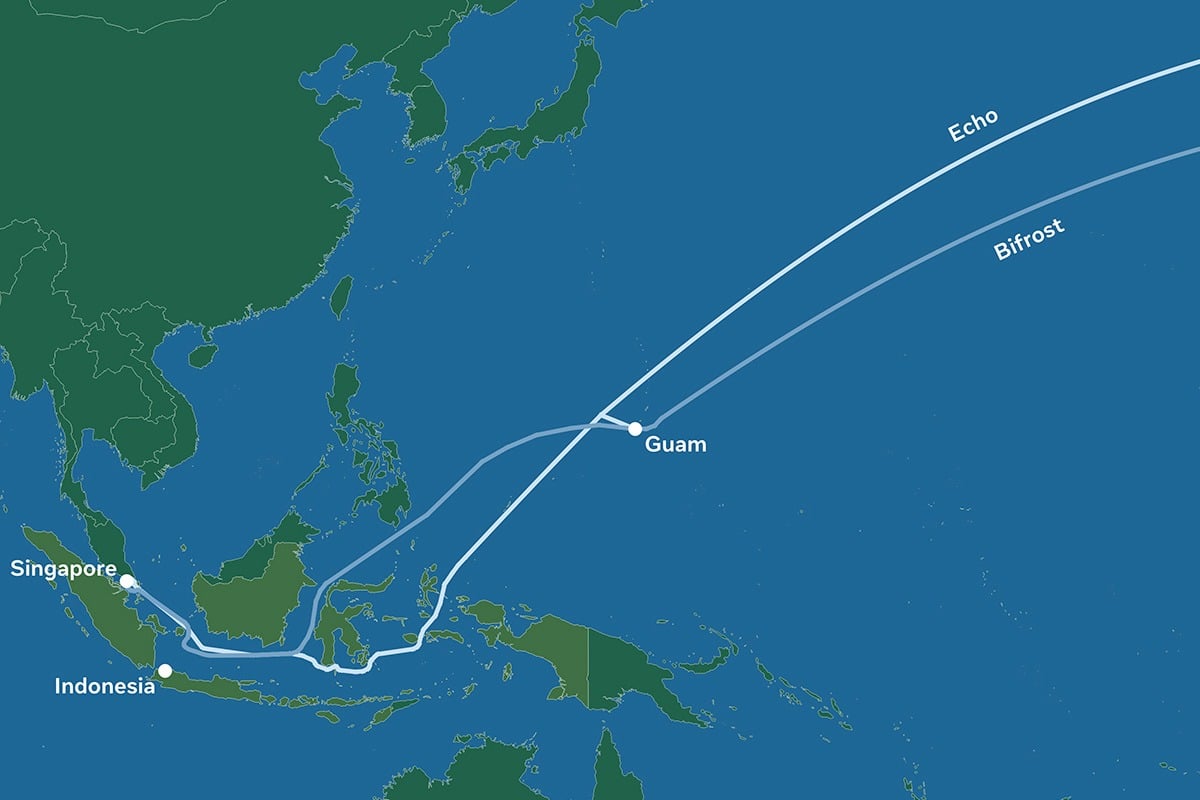Open-source enterprise software giant SUSE’s purchase of Kubernetes management startup Rancher Labs opens up new horizons.
The acquisition puts SUSE in a better position to take on rival IBM’s Red Hat in the fast-growing Kubernetes market, and will likely help SUSE on its way towards its goal of doubling its revenue by 2023.
Originating in Germany, SUSE is the maker of one of the industry’s most widely used enterprise distributions of Linux. The SUSE Linux distribution runs in enterprise public cloud deployments, in private data centres and on edge systems. In addition, SUSE also sells products higher up the stack, such as container management tooling.
“Our customers have made it clear they want powerful technology that is both leading-edge and reliable to accelerate business transformation,” SUSE CEO Melissa Di Donato said in a statement.
“We have historically delivered innovative solutions that anticipate what enterprises need, and today with Rancher, we are set to make history again. With our powerful and modular approach to open-source software, our customers can count on reliability and unmatched agility to innovate everywhere – from the data centre, to the cloud, to the edge and beyond.”
Rancher Labs has created a platform that makes it easier for companies to set up and manage large Kubernetes environments. Kubernetes is open-source software used to manage large numbers of containers, which host the components of modern software applications. Rancher makes its money by providing professional services and support to enterprises and claims that its platform is used by more than 30,000 engineering teams worldwide to power their Kubernetes container deployments, reported Silicon Angle.
“I knew SUSE was the right company for us because of our shared ethos, viewpoint and philosophy of open-source driving value to business leaders,” said Sheng Liang, former Rancher CEO and now the new President of Engineering and Innovation at SUSE.
“Together, we are committed to making a significant impact on enterprise business across the globe, supporting each and every customer as they navigate cloud solutions and modernise infrastructure in a way that makes sense for their workflows.”
The financial terms of the deal, announced in July, were not disclosed, but SUSE paid US$600-700 million to buy Rancher, which has its headquarters in Cupertino, California, according to Reuters.
The deal brings together Kubernetes management, Linux and edge computing to address the needs of customers seeking to grow their business and be more innovative than their competition, according to Di Donato. And with 37,000 active deployments, Rancher is the most widely adopted Kubernetes management platform.
In 1994, SUSE changed the course of business innovation by introducing enterprise-grade Linux. With Rancher, SUSE offers the industry’s only adaptable Linux operating system, interoperable Kubernetes management platform and innovative edge solutions.
“What this means is choice – unparalleled choice – for our customers,” added Di Donato.
SUSE said on Tuesday that big-ticket bookings grew by 21 per cent in its fiscal fourth quarter, while cloud bookings jumped by 87 per cent. Revenue exceeded US$450 million in the fiscal year to 31 October, with both the top line and profit growing in double digits. Revenue was up from a reported US$320 million in 2017, the year before SUSE was purchased by Swedish investment fund EQT from Micro Focus International for US$2.5 billion.
SUSE’s software, backed by a 28-year history and dedication to open-source innovation, is used to power mission-critical applications and systems, and is embedded in many devices like cars and medical devices around the world.
Rancher’s commitment to the open-source community is backed by its support for multiple Kubernetes distributions and operating systems. With no vendor lock-in or limits on where computing can take place, enterprises can seamlessly innovate across their business from the edge to the core to the cloud.
Together, the two companies hope to develop solutions that address today’s complexity for enterprises with a focus on new innovations in edge computing.







